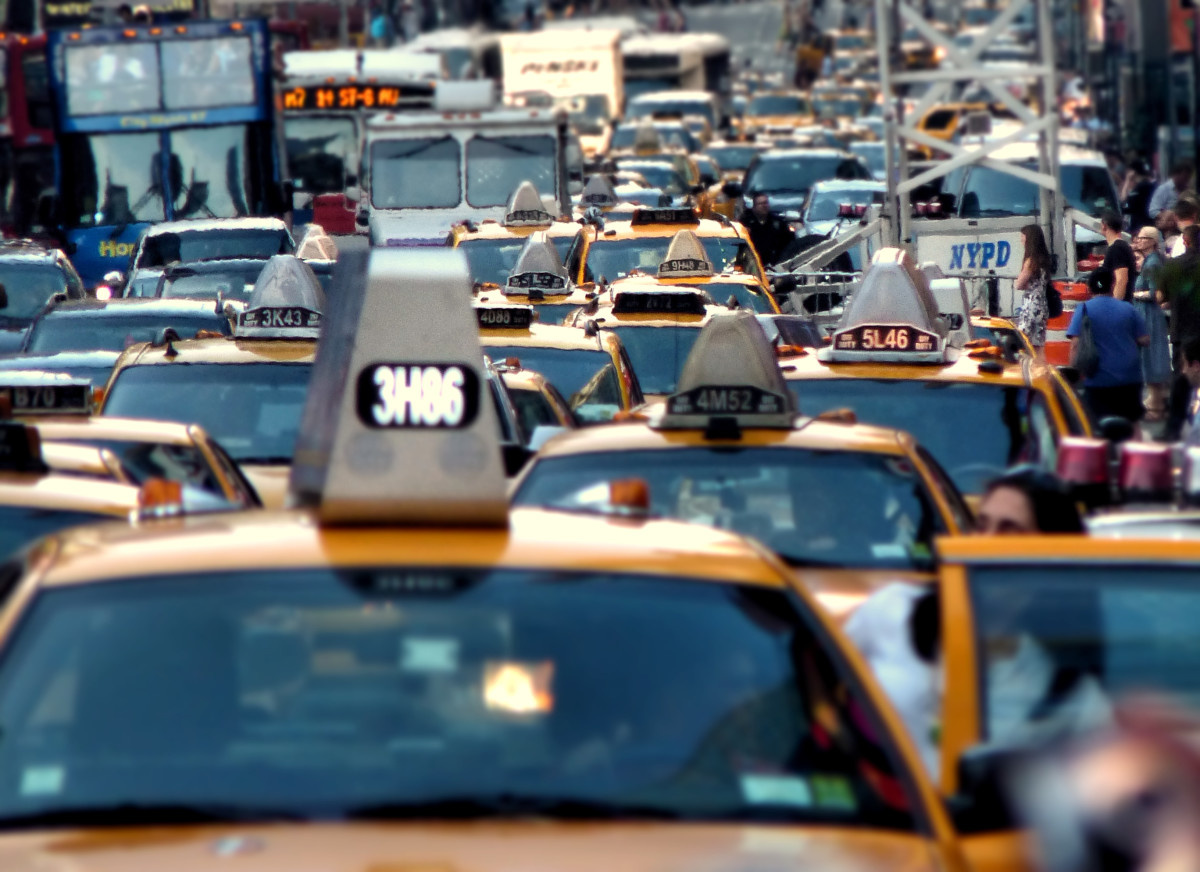Back in June, the District Department of Transportation (DDOT) announced that it was partnering with San Francisco-based curbFlow to collect curbside data around the District.
CurbFlow curates a curbside management system to collect data and share it through an app. Through a pilot of its curbside management program, curbFlow collected data at nine D.C. curbsides for 12 weeks as DDOT prepares to formulate citywide curb usage policies. The pair teamed up to gather information that will help the District and stakeholders better understand the demand for the curb and how curb management can ensure safer and more productive streets for everyone.
“In a dynamic city like the District, we are always looking for cutting edge solutions to improve safety, reduce traffic congestion, and achieve Mayor Bowser’s goal of being a leader in public sector innovation,” said DDOT Director Jeff Marootian in a press release. “Through this partnership with curbFlow, we collected critical data that will inform the next generation of policies, plans, and strategies that we employ to better manage the demand at the curbside.”
During the pilot, parking was removed at the nine locations to create curbFlow loading zones for commercial activities. The loading zones were only to be used by commercial and private vehicles for activities such as picking up a food delivery or other online delivery services. Participants used a free app for curbFlow data and company representatives were on site at each location. The project began on Aug. 1 and concluded on Oct. 30.
CurbFlow reported that more than 6,350 drivers from more than 900 different companies registered to participate. Among the small- and medium-sized businesses that participated in the pilot, larger commercial operators included DoorDash, GrubHub and UPS. There were over 15,500 uses total with an average of 350 users interacting with the app daily.
“What we saw in DC is that having reliable, real-time access to the curb has a major impact on the ability of people to move around the city efficiently and that collaboration can help ease these transportation challenges, making life better for drivers, merchants, cyclists and pedestrians,” said curbFlow founder and CEO Ali Vahabzadeh in a statement.
Here are some other key findings that curbFlow discovered:
- Double parking was reduced by an estimated 64%
- 1,300 advanced reservations were made and used
- On-demand delivery, freight and parcel deliveries lasted an average of seven to 11 minutes
- Rideshare and taxi pickup and drop-off activity lasted less than two and a half minutes on average
- On-demand deliveries are the most frequent use of the curbside space, followed by freight and parcel deliveries







